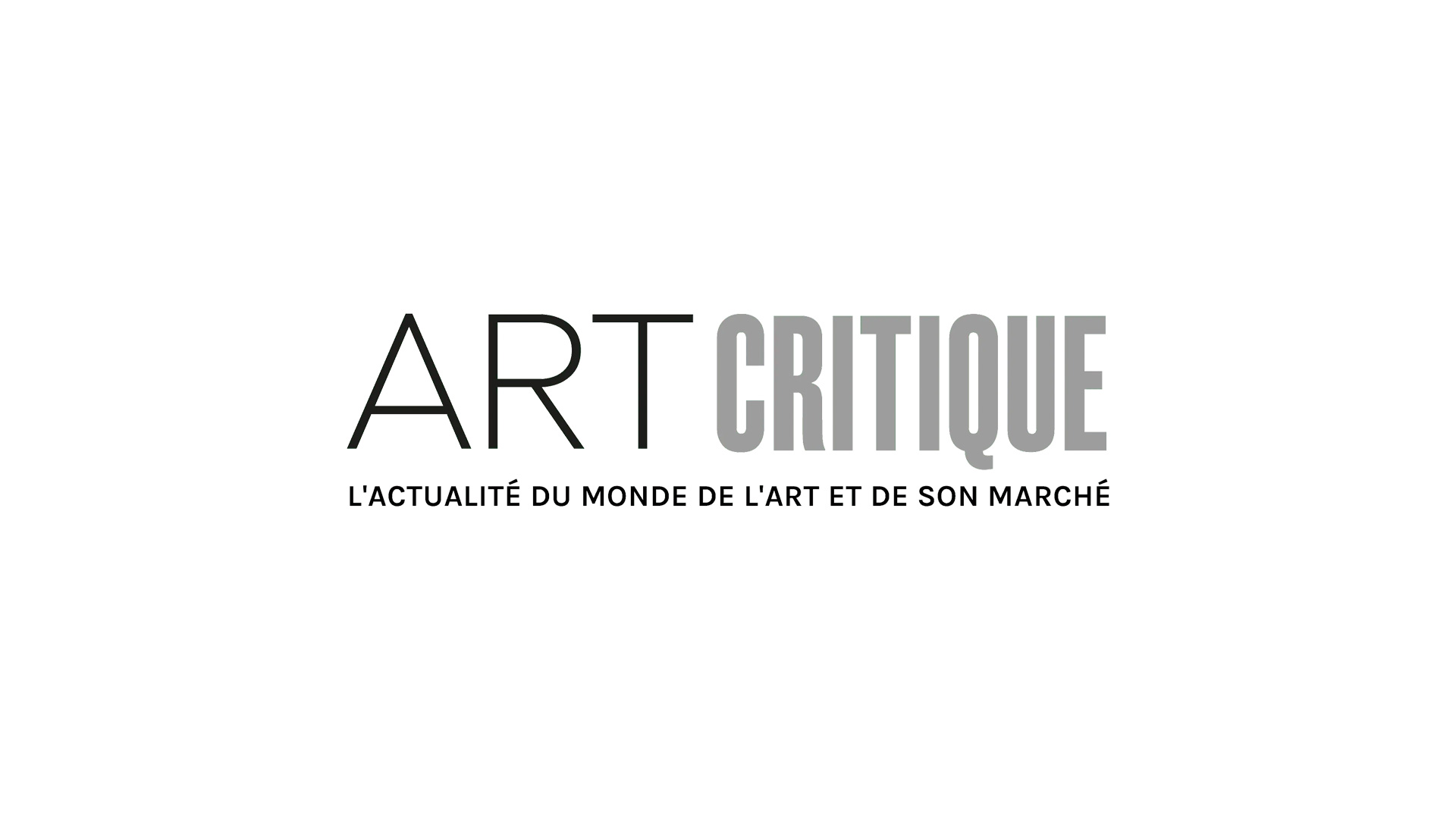Nearly one million African slaves would have walked up the steps of Valongo Wharf in Rio de Janeiro between 1811 and 1831. Brazil would be the destination for more than a third of all the African slaves sent to Latin America.
Valongo Wharf was uncovered by accident in 2016 when preparations for the Olympics led to an ad hoc excavation of the site.
Claudio Honorato, an historian with the New Blacks Institute for Research and Memory, told an interviewer that same year that “when they came upon all the African-Brazilian materials – these archaeological traces – the development work had to stop.”
Construction related to the Rio Olympics were stopped when artefacts like a Bantu spatula from Angola, cow femurs traced back to West African religious ceremonies, and small metal rings that worn by slaves that practised the Condomble religion were found amidst some abundance of African-Brazilian artefacts
According to UNESCO, the wharf itself serves as the “most important physical evidence associated with the arrival of enslaved Africans on the South American continent.” UNESCO named Valongo Wharf a World Heritage Site soon after its discovery, in 2017.
However, plans for a museum that commemorates African-Brazilian heritage have undergone some turmoil since then. There has even been some speculation that UNESCO might strip the site of its designation if the government fails to provide the necessary funding for the construction of a museum and preservation of the wharf.
In 2017, the Rio municipal government and Brazil’s National Institute of Historic and Artistic Heritage (Iphan) announced they would work together to build an educational museum on location.
By the end of 2018, with plans to build the museum still not set in motion, Brazilian media began speculating if UNESCO would act on a contractual condition that stipulates UNESCO sites must open some form of visitation centre on site to maintain the lofty designation.
However, a UNESCO spokesperson denied the rumour that the wharf could lose its status. “De-listing sites is very much like saying we give up on it, and we don’t do that.”
In December, restoration work finally started at the wharf. The site received $500,000 USD from the US Ambassadors Fund for Cultural Preservation, and a two-year project is underway to restore integrity to the wharf’s stone pavement, in addition to the installation of a drainage system.
The site will remain open throughout the restoration process.
While these are positive steps, Brazilian authorities estimate the costs to build a museum in the adjacent Docus Dom Pedro II, built by the first African-Brazilian engineer, to be upwards of $1 million USD. Plans could also be fraught by the new Bolsonaro government. Immediately after coming to power, he dissolved the Ministry of Culture, and handed over jurisdiction to the new Ministry of Citizenship. Osmar Terra, the sitting Minister of Citizenship, has no experience running cultural institutions.





